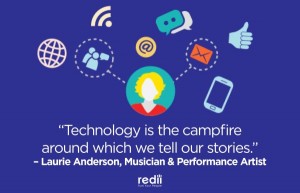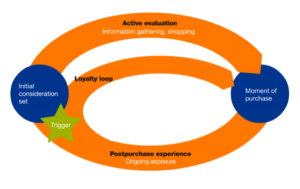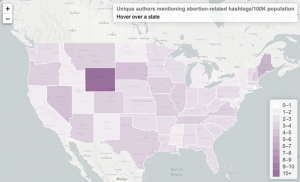— October 9, 2017
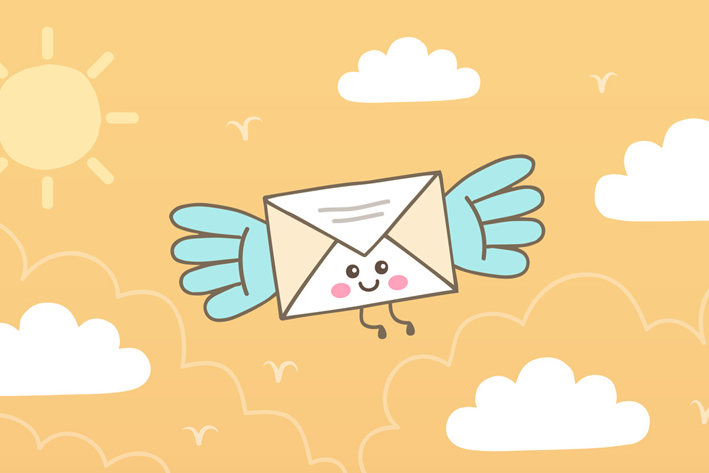
Source: Freepik
As a channel to reach prospects and customers, email is still a strong performer. 80 percent of retail professionals indicated that email marketing was their greatest driver of customer retention. However, the advent of mobile and its effect on user behavior is forcing brands to re-evaluate how email plays into their digital marketing and engagement strategy.
Today’s landscape demands a multi-channel messaging strategy that combines email with the other mobile messaging channels. Successful campaigns are built around the customer journey and behavior, not around any particular channel. Since the modern customer journey is cross-channel and nonlinear, brands need to interact with users on more than one channel.
Prior to mobile, email marketing didn’t enable the kind of impact as it does today. Mobile devices offer a window into user behavior, equipping marketers to drive deeper engagement and loyalty. The following use cases will illustrate how mobile-first email can drive results in new, unexplored ways.
Email Use Case #1: Shopping Cart Abandonment
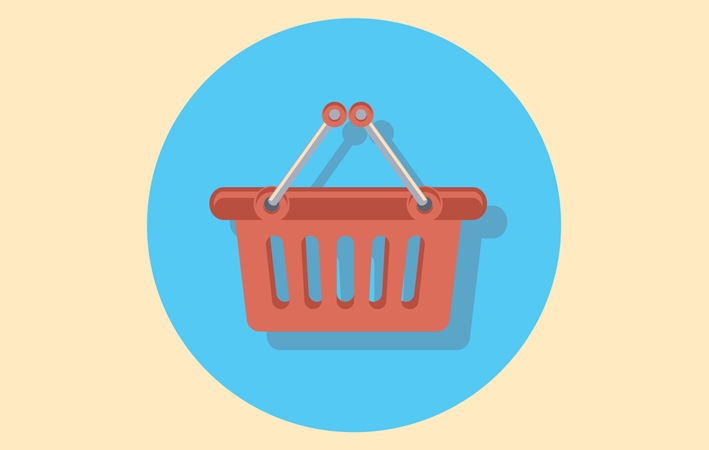
Source: Freepik
Mobile shopping cart abandonment is pervasive. Data shows that 90 percent of mobile shopping carts are abandoned. That means for every 10 users who show purchase intent, only one might convert.
But it’s imperative that app marketers be proactive in reaching out to users who don’t complete their purchases. After all, you already did the hard work of luring them into your app and helping them find a product they love.
Personalize Emails Based on Behaviors
One solution to minimizing shopping cart abandonment is to create a trigger for users who add items to their cart, but don’t check out within a day or two. The trigger would automatically email the customer and remind them about the items in their cart. The message can be further personalized with a link to the checkout page (for web users) or a deep link to the checkout screen in the app (for app users).
Email is arguably the best channel for checkout reminders because it reaches users outside the app — and unlike push notifications, it doesn’t require a system-level opt-in.
Email Use Case #2: Sales & Discounts
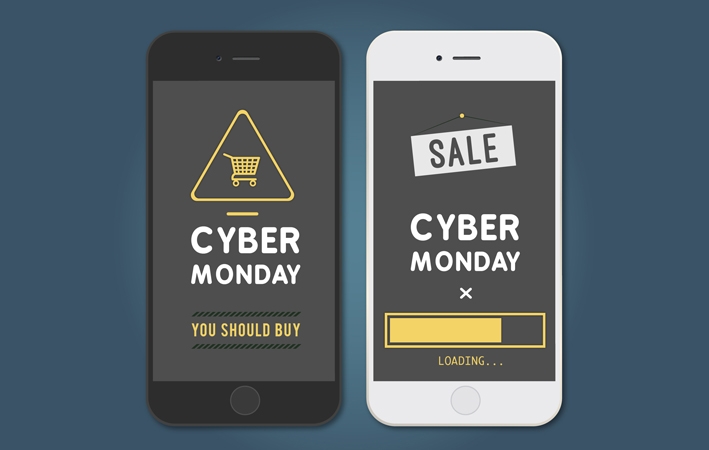
Source: Freepik
Sales are one of the best times to promote your products on all channels. Naturally, users will be more inclined to buy when items are at a discount, but it can be hard to sift through a store’s full catalog. Many users won’t bother exploring if the sale is short-lived (and some won’t even realize the sale is occurring).
Your best bet: Send an email alert that tells users they can get their favorite products for a fraction of the price.
Personalize Emails Based on Behaviors
With behavioral data, this problem is easily solved. App marketers can automatically target users for email campaigns based on their browsing and search history. For example, if a travel app is running a sale on flights to France, marketers can send triggered emails to anyone who searched for a France trip within the past week.
Personalized promotional emails mean users won’t have to manually search for discounted items that are relevant to them. Furthermore, these promotions are a good opportunity to bring users back to the app, increasing engagement (and revenue too).
Email Use Case #3: User Onboarding
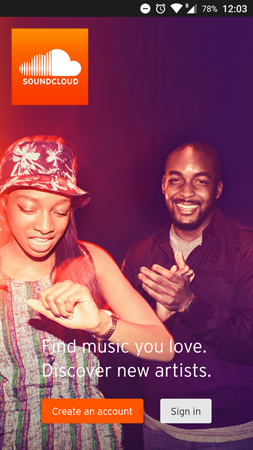
The first impression is one of the most critical moments in a user’s journey. Some apps see as few as seven percent of their first-time users complete the sign-up process. If users don’t complete the onboarding and understand how your app works, it’s unlikely that you’ll retain them.
Personalize Emails Based on Behaviors
There are a few ways to approach onboarding messages. For users who successfully complete onboarding, it’s a nice gesture to send a welcome email. This message can include prompts to keep the recipient engaging with your product, nudging them along the customer journey. In addition to rewarding the user with a sense of accomplishment, these messages paint a clear roadmap for how to use your app.
For users who drop off before finishing the onboarding, we recommend sending a reminder once the time is right. By looking at the app’s analytics, you can determine where the user dropped out of the flow to ensure they pick up where they left off. Much like abandoned shopping cart reminders, these messages can be automated to only reach users who haven’t completed the flow after a given length of time.
Email Use Case #4: Personalized Product Recommendations
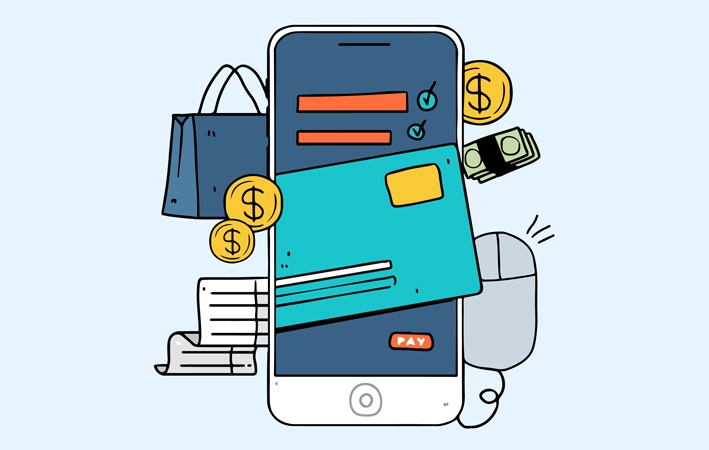
Source: Freepik
Product recommendations are a good way to keep users coming back to your retail app. However, no one likes to receive irrelevant promotions. An off-topic promotion won’t convince mobile shoppers to convert — and in the worst case scenario, it could prompt users to opt out of email communications altogether.
Personalize Emails Based on Behaviors
As the customer journey becomes less linear, it’s increasingly important for brands to understand customer behavior across all channels.
With the right mobile marketing platform, you can build a profile from each customer’s past actions, like purchases and browsing history. Behavior data is aggregated from all channels. From this profile, you can send personalized recommendations for products similar to what the user previously bought or browsed. Similarly, if someone browsed an item that’s now on sale, you can send an automated alert.
Email Use Case #5: New Media Promotion
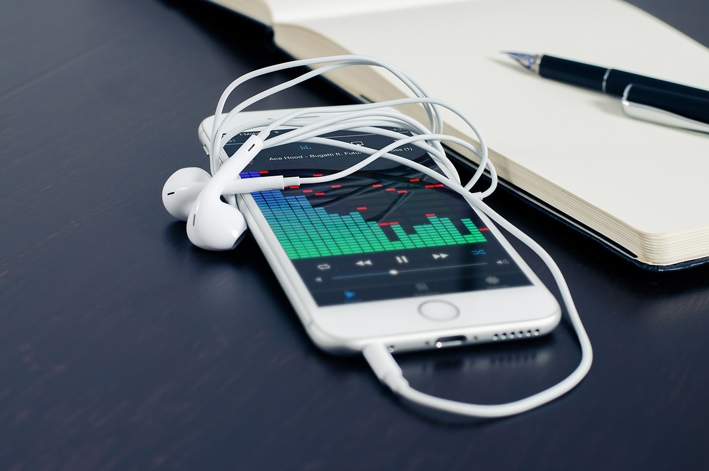
Source: Pixabay
Some apps, like media apps (think Hulu or Spotify), have a steady stream of content to promote. TV shows come and go; new movies enter the catalog while old ones are removed. It’s important for apps to promote their new content, but it’s hard to know who to promote it to.
Personalize Emails Based on Behaviors
Media apps can solve this problem in much the same way as retail apps. Personalization is key, which means the most effective promotions are based on a user’s past behavior. If someone previously watched TV shows of a given genre, try sending recommendations when a new show of that genre starts airing.
You’ll see better results (and less churn) if you notify users only when a relevant product hits the market.
Email Use Case #6: News Digests
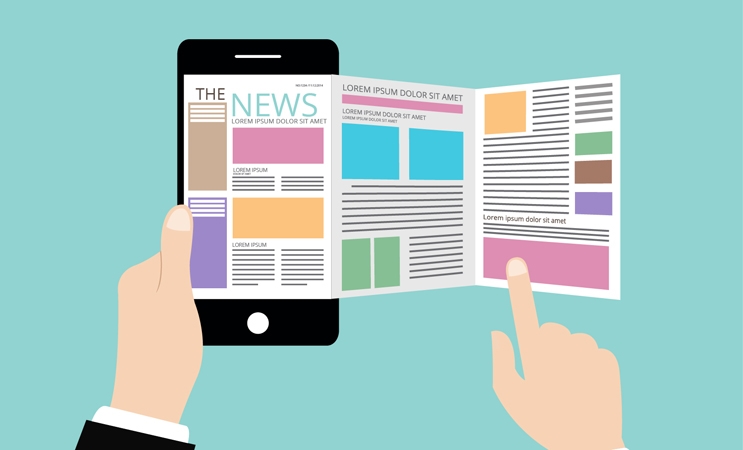
Source: Freepik
For news apps especially, there’s a lot of content to promote every day. It’s hard to notify users of every new article. And chances are, they don’t want to read everything — only the content in which they’ve previously expressed interest.
Sometimes, the best option is to consolidate your content into a single digest, delivered by email. These digests can be opened at the user’s leisure. Best of all, you can deep link from the email straight into the app, so there’s no friction in the browsing experience.
Personalize Emails Based on Behaviors
News apps can drive even more engagement by tailoring digests by category. If a reader shows interest in information about the environment, make sure their digest contains articles about climate change and biotech.
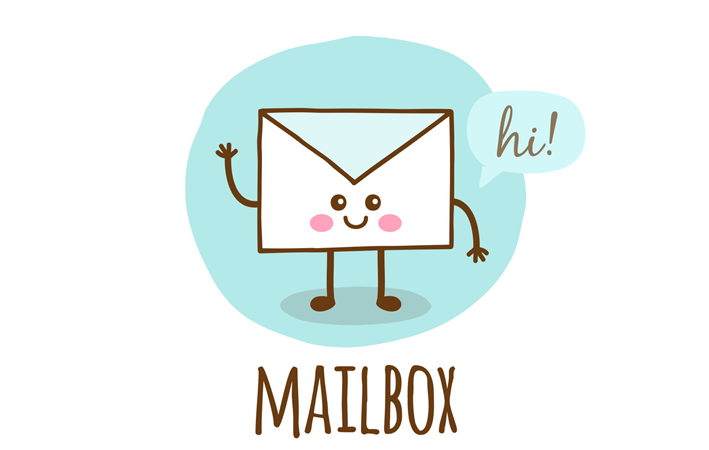
Source: Freepik
With these use cases in mind, you’re ready to launch a personalized email marketing campaign. You’d be surprised at how much personalization can impact your key metrics.
For even more great email content, be sure to consult these email marketing tools when building your first campaign.
—
Leanplum is the mobile marketing platform built for engagement. We help brands like Lyft, Tinder, Grab, TED, and Zynga orchestrate multi-channel campaigns — from messaging to the in-app experience — all from a single, integrated platform. Schedule your personalized demo here.
Digital & Social Articles on Business 2 Community
(78)

